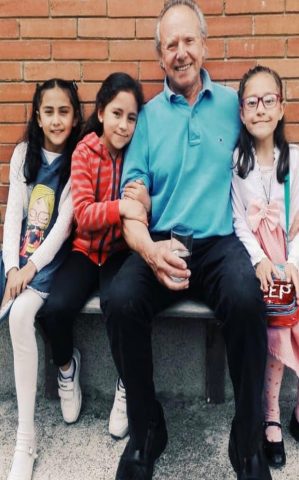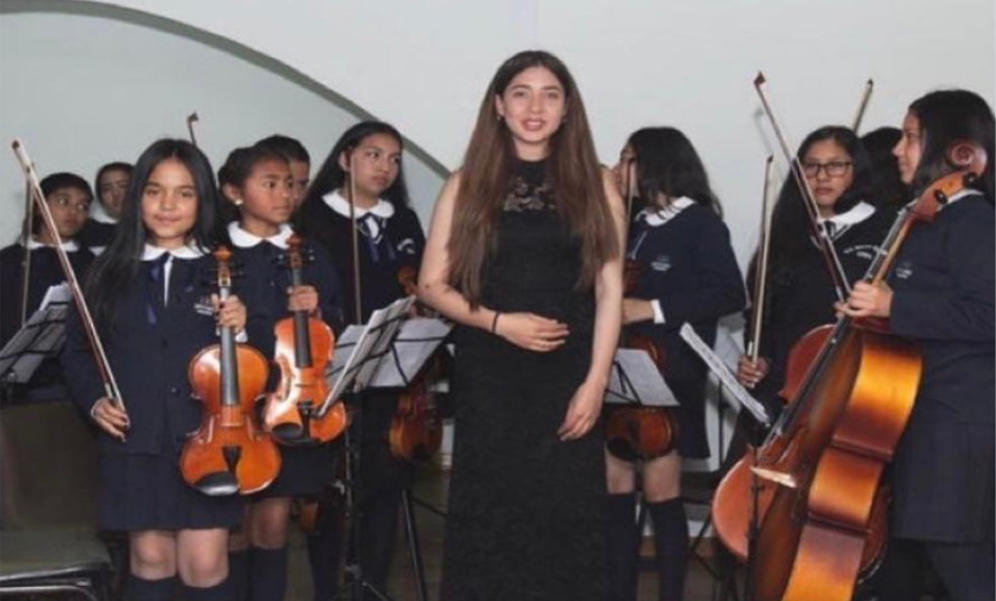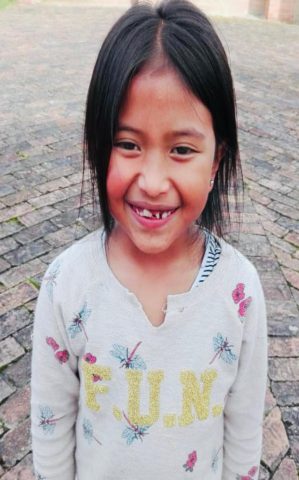During the last decades thousands of children have suffered immensely. The numbers are a nightmare that seems not to end. Approximately 2 million children have died; 6 million are homeless; 12 million are injured or disabled and there are at least 300,000 child soldiers involved in 30 conflicts around the world.
The Crisis
This is the overall picture. On the other hand, the situation in Colombia regarding orphaned children is terrible. Just considering that between 1975 and 2014 the FARC recruited 11,556 children is a horrible truth that has broken our hearts.
For the defenders of children, it is evident that the fundamental rights of tens of thousands of children are ignored. Many of them end up deeply traumatized, seriously injured or disabled.
It is no secret that children are entitled to fundamental guarantees. They are guarantees assumed by the Geneva Convention for the Protection of Civilian Persons in Time of War.
Many think this is an obvious thing, but in truth, it is not. The rights of many children are ignored and trampled upon. The first additional protocol on conduct during hostilities establishes the principle of special protection provided for children.

This principle also applies to cases of non-international armed conflict. The second additional protocol prohibits the recruitment of children under the age of 15 and their direct or indirect participation in war.
In addition, all children under the age of 18 are guaranteed the specific rights protected in the Convention on the Rights of the Child, adopted on 20 November 1989 by the United Nations. And, although it may seem incomprehensible to many people, there are several reasons why children are orphans.
Some of the reasons could be that parents are absent, in some cases it is impossible to provide safe and satisfactory care; and on the other hand, children at risk of not having the care of their family as they have a number of limitations to provide quality care.
Colombia and Latin America
Moreover, poverty and inequality are considered risk factors. Poverty indicators increase the chances of suffering discrimination, exploitation of a child and having more difficulties in exercising their rights.
Colombia is presented as one of the countries where the armed conflict causes not only forced displacement and family disintegration, but these are also the most common causes of loss of family care, along with domestic violence.
After such horrible traumas, they need a fresh start.
It is necessary to take into account that twenty-two departments in Colombia reported cases of recruitment and use of children by illegal armed groups. Hundreds of children have been orphaned by their parents due to fighting or violent actions.
Although there are many causes that vary according to the characteristics of the countries of the region.
In Latin America, children are considered to be at great risk of losing their homes due to domestic violence, gender-based violence, homelessness, child labor, commercial sexual exploitation, natural disasters, armed conflict, HIV/AIDS, drug abuse, disability, and migration. In the region of 6 million children suffer severe abuse.
Supporting girls
Fundación Santa María is one of those places that could be created by the angels. And, I say this because the work they do is dedicated to giving to disadvantaged girls from the age of three.
However, Santa Maria will never be an institution. And, this is an important distinction. It is a center of academic learning that is reinforced by dedicated teachers.
Fundación Santa María supports abandoned children, orphans, those considered to be “at high risk” and other vulnerable girls. Some of the young girls may have lost family, but in some cases they have also been subjected to different types of abuse. They have highly trained staff who are there to teach and support them.
The idea is to ensure their physical and emotional well-being in a safe and supportive environment. As the days went by, Lady became aware of the many drawbacks, disadvantages and inequalities that exist around the world.
Creating the foundation
At this point her motivation increased and she was sure she wanted this dream to come true. At this point she met Pedro Mowlad, who is currently the president of the foundation, a successful businessman and also wanted to be part of a similar project.

It should be noted that Peter grew up without parents, this fact made him have a strong desire to help other children who were living a similar experience to the one he had. With this in mind, Lady invited him to work in Colombia, to develop research that will help discover the most vulnerable population and create a team that could help them achieve their dream of helping others.
In 2009, the Santa Maria Foundation was born. A foundation dedicated to the protection of orphaned, abandoned or vulnerable children. They believe that everything related to children is of vital importance and that both adults and members of one should take responsibility.
They consider that everything related to children is of vital importance and as adults it is our responsibility to look after them. Poverty and extreme poverty in a society significantly affect a large number of people in Colombia.
Naturally, poverty causes poor education, poor health, high unemployment that makes them vulnerable to violence and participation in the guerrilla ranks. Education is the means by which individuals can lift themselves out of poverty.
The motivation
So the story of Fundación Santa María has all this information and the sad truth in its composition.
Solkes: Why was the Foundation born?
Lady: My desire and motivation as a Colombian and after many years out of the country, was to start an organization in Colombia, that was totally directed to children and where we could provide them with an environment with love and family welfare, which every child needs for their integral formation.
Solkes: How is the current situation of abandoned children, orphans considered high risk in Colombia?
Lady: Colombia has a population of 48.5 million inhabitants. 36% are under 18 years old, and of them 13.12% are under 6 years old. Of this figure, 45.5% live in poverty and 16.4% live in extreme poverty.
Poverty exposes children to violence, substance abuse, prostitution and armed conflict. Four out of five of all reported incidents of sexual abuse in Colombia are under 18 years of age and 84% are of girls.
Solkes: What is the foundation’s objective in the short, medium, and long term?
Lady: Our goal is to give girls aged 5 and older a new start in life after the terrible traumas that some have suffered and to provide each of them with new opportunities.

Solkes: You only work with girls, why don’t you work with boys as well?
Lady: Because women and girls after a careful study that has been done at the beginning of this path, emerged as one of the most affected groups as you can see from the figures presented above.
Solkes: How is the work carried out between Colombia and England?
Lady: We are legally registered as a foundation in both countries, which gives security to the organizations and individuals who are supporting the girls, since there is government control. In England the work we do is to get the funds and in
Colombia is where our beautiful girls are and where the money is given, where it is used 100% for the benefit of the girls.
Solkes: Why is it necessary to help minors in Colombia and around the world with the foundation?
Lady: In general we have to take care of children in the world.
Our goal is to make sure this girls become confident, capable young women with values and an excellent education. That they have a abilities that permits them to be active and positive member of society both national and internationally.
For example, several studies suggest that early exposure to classical music is beneficial for development. It helps to develop language, among others. That said, the WFTU provides a combination of classical music, literature, English and art. Girls are always the priority and decide the path they want to take. The foundation is intended to be a bridge so that they can achieve their goals.
When you help and guide a group of girls, you are creating a new generation, when you form a generation with new tools, alternatives, education and information there are more possibilities for future and prosperity not only for them but for their families and eventually for a country.
The Conclusion

It is important to mention that girls and women around the world have many disadvantages: 1.4 million people live on less than $1 a day and 70% are girls or women. Women make up a third of the workforce worldwide, but are paid only 10% of their work. Women produce half of the world’s food supplies, but own only 1 percent of the land. This should not be the case.
Fundación Santa María firmly believes that women have the power to shape society given the important role they play in shaping the personalities of children. Educating and empowering women and girls is an investment in the future of a society.
The goal is to help girls become confident women with core values. That they have a sense of belonging and sufficient self-esteem to get out of poverty. All over the world women and girls face the problems of inequality. Discrimination puts them at a social and economic disadvantage and thus makes them vulnerable to physical abuse and violence.


